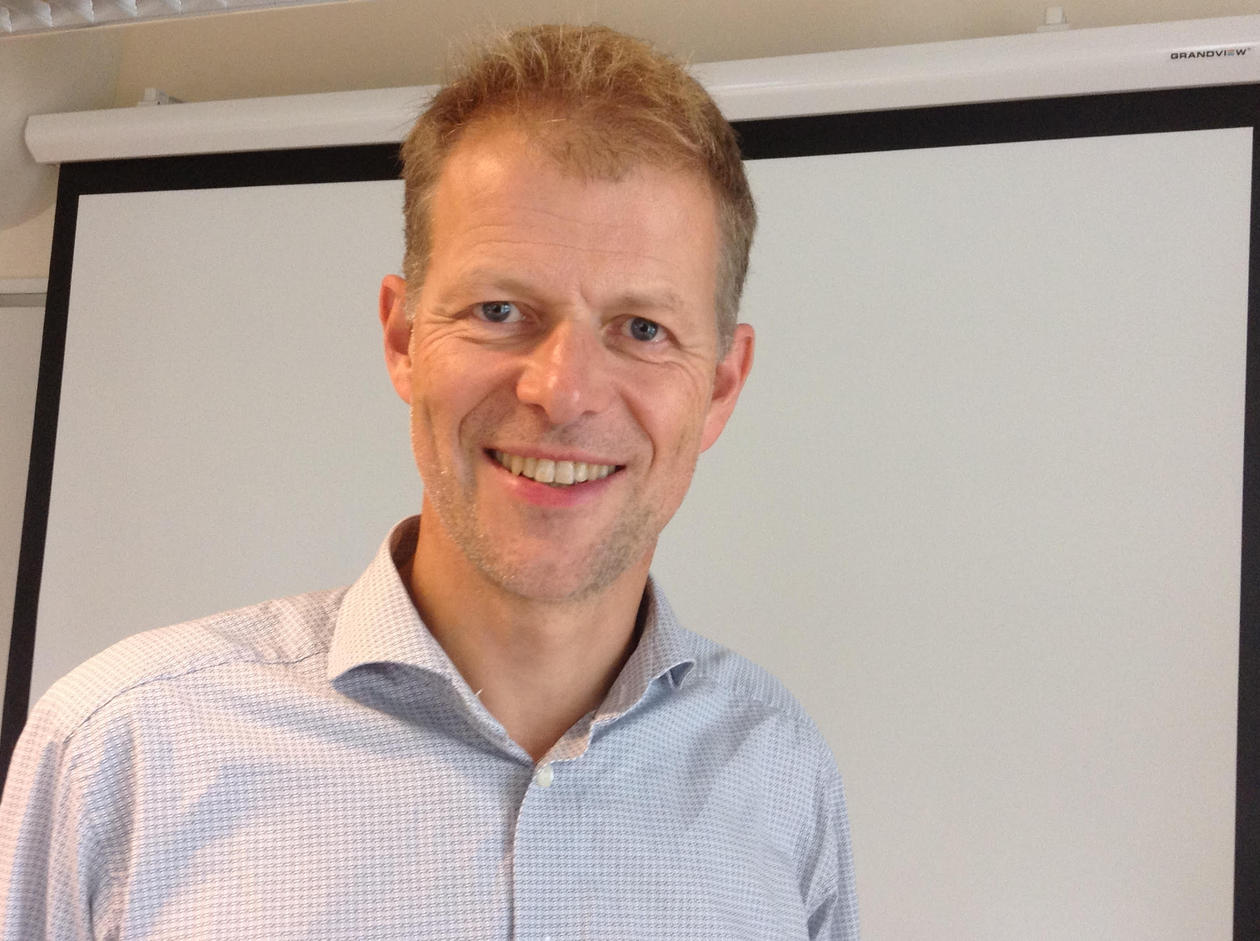Science for a better planet
A glowing interest in the climate challenges and the need for a transformation of society to minimize these changes made Kårstein Måseide apply for the job as research coordinator at CET. He wants to encourage broad, interdisciplinary climate research.

Main content
On Friday 27 October, the Centre for Climate and Energy Transformation (CET) at the University of Bergen (UiB) was launched. Researcher Håvard Haarstad at the Department of Geography is the academic director, while Kårstein Måseide has been employed as the centre's research coordinator.
“Man-made climate change is one of the fundamental challenges of our time. This is why I was looking for a position within this field of research and education,” says Måseide about why he applied for the job at CET.
“Climate and energy transformation is a relatively new topic for me, but given the challenges we face, this is something I look forward to engage in.”
The importance of being visible
CET already has strong partners locally, nationally, and internationally. Among Måseide's central tasks will be to help the centre increase its external funding base. He will work to make the centre visible also outside of academia.
“A key task is to develop the centre's research portfolio. Not the least to stay in touch with decision-makers, such as governmental agencies and other stakeholders in both the private and public sectors. Beside this, it is important to highlight the centre and its activities to the public,” he explains, pointing out that he will function much as a facilitator.
“In addition, it is important to develop the centre's strategy and to develop this as a centre for all of the university.”
Scientist and leader
He arrives at CET from the Norwegian Agency for Development Cooperation (Norad), where he was head of the Section for research, innovation and higher education. Prior to this, Måseide worked at the Research Council of Norway as coordinator for the Programme for global health and vaccination research (GLOBVAC).
“Having experience as a leader will obviously be of importance in my job at CET. Previously I have been responsible for an annual budget of around 300 million Norwegian kroner (approximately 30 million Euros), and I am familiar with the requirements for reporting on financial matters and project follow-up. I also have experience from strategic work, and have worked with public authorities, research environments and others actors both in Norway and internationally,” says Måseide.
He holds a PhD in biophysics, and hopes that his background from the natural sciences will be useful also in broadening CET's interdisciplinary appeal.
Inviting to broad cooperation
There are several strong climate research environments in Bergen, in particular connected with the Bjerknes Centre for Climate Research. Måseide believes that CET and Bjerknes together may contribute to further develop climate research in Bergen.
“The Bjerknes Centre is very strong on climate research. At CET there is a potential and an ambition to develop a strong initiative on how to achieve the societal changes needed to meet the climate challenge. Whereas the centre is based at the Faculty of Social Sciences, our work aims to be interdisciplinary,” he says.
In addition to skilled people, Måseide believes that solid financing and support from the UiB leadership are important factors for success.
“There is a will to invest in climate and energy transition at the university, which is now one of the university's three strategic priority areas.”
Long term perspective for the centre
When we ask Måseide to look ahead and give his thoughts around his job and the centre in a five-year perspective, he pauses before replying.
“I hope that by then CET is an internationally leading and visible centre in the field of climate and energy transformation. The centre has been described as a “hub”, which is a good description of what we want to achieve,” says Kårstein Måseide.
“CET will be a visible hub for research at the University of Bergen. We will publish in internationally acclaimed academic journals. Not the least, we want to be an attractive place for researchers and students.”